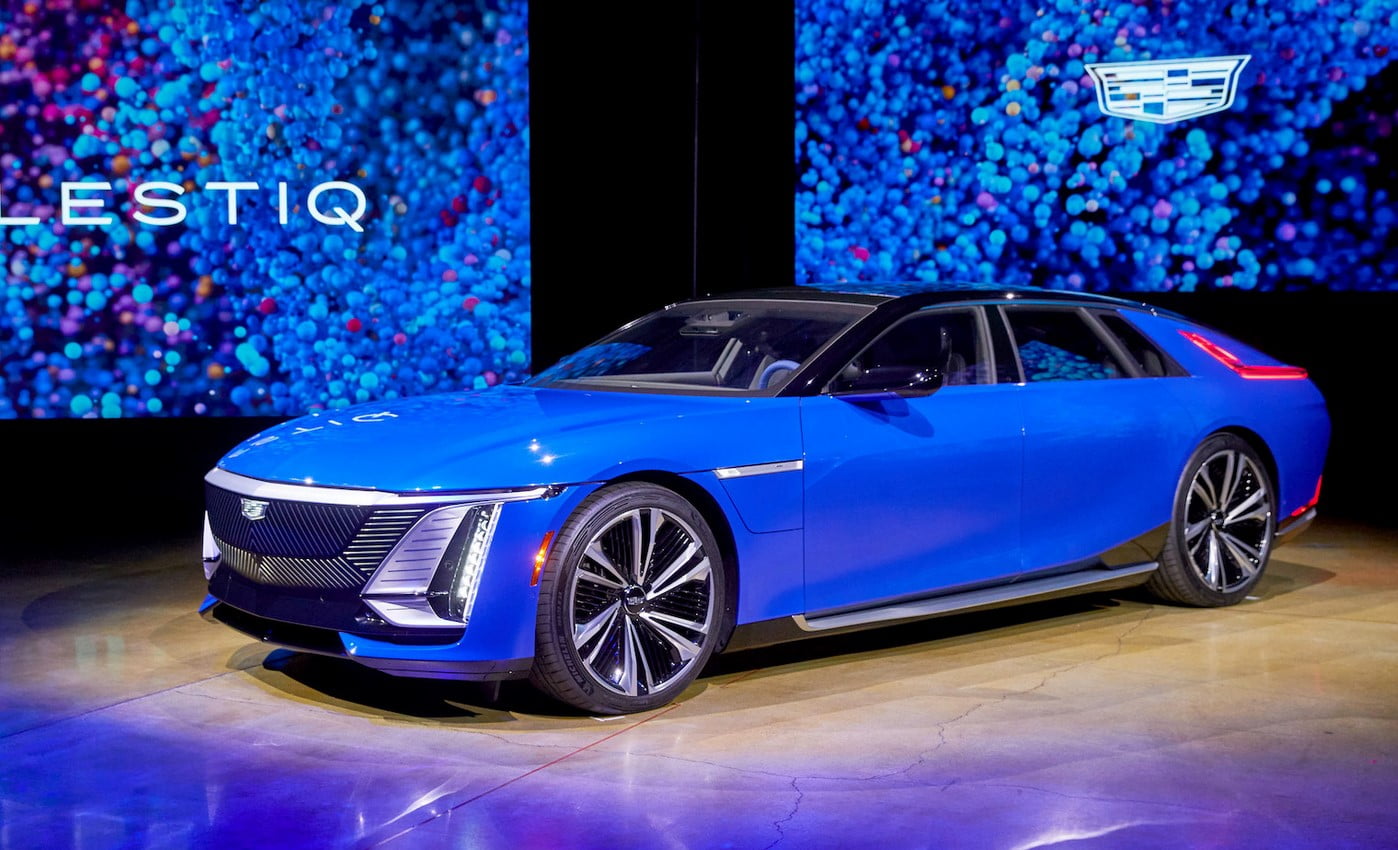
Cadillac has officially unveiled the production version of its flagship electric vehicle (EV), the Celestiq, following a prototype showcase earlier this summer. The luxury EV comes with a confirmed price tag of $300,000.
Scheduled to begin production in December 2023 at General Motors’ Global Technical Center in Warren, Michigan, the Celestiq is set to be manufactured at a slow rate of just 1.2 cars per day, with an annual production target of fewer than 500 units. Cadillac has invested $81 million in the Technical Center for Celestiq production, including funding for 3D printers.
The Celestiq will offer a high level of customization, with customers gaining access to a concierge and a Cadillac designer to configure their cars. Cadillac envisions that no two Celestiqs will be identical.
The production model closely resembles the Celestiq concept showcased earlier this year, with minor changes such as conventional mirrors instead of the concept’s cameras, as the latter technology is not yet legal in the United States. Traditional door handles have been replaced with buttons.
Built on GM’s Ultium modular battery architecture, the Celestiq utilizes a 111 kWh battery pack powering electric motors for each axle. The combined output is estimated at 600 hp and 640 lb-ft of torque, allowing the Celestiq to accelerate from 0 to 60 mph in 3.8 seconds, according to Cadillac. The Celestiq boasts unique transmission ratios compared to other Ultium-based vehicles, a factor Cadillac claims is crucial for optimizing performance and the expected 300-mile range.
DC fast charging at 200 kW can add an estimated 78 miles of range in 10 minutes. An Ultium Charge 360 app will offer “one-click charging” as part of GM’s effort to enhance the charging experience for customers.
The Celestiq features an air suspension with magnetic shocks and active roll stabilization for a comfortable ride, while four-wheel steering is expected to enhance the maneuverability of the large hatchback. It rides on 23-inch wheels with Michelin Pilot Sport EV tires specifically designed for the vehicle.
Inside, the Celestiq boasts a 55-inch dashboard-spanning display with elements that can darken parts of the screen (called “digital blinds”) to help prevent driver distraction. Additional controls are handled by a central console screen, and rear-seat passengers also have their own screens. A 38-speaker AKG Studio Reference audio system provides interior sound, while three speakers project sounds outside in compliance with federal “quiet vehicle” regulations.
Much of the interior is covered in hand-stitched leather, with various finishing material options available for customers. The Celestiq also features a four-panel glass roof that allows the driver and passengers to individually adjust the transparency level.
Cadillac has also confirmed the availability of GM’s Ultra Cruise, an enhanced version of the Super Cruise hands-free driver assistance system available in current Cadillac models, but it won’t arrive until 2024 as a wireless update.
GM aims to make Cadillac fully electric by 2030 and “aspires” to eliminate tailpipes from its light-duty vehicles by 2035. While the Celestiq may not significantly contribute to that sales volume goal, it could serve as a halo effect for Cadillac’s higher-volume electric vehicles.







